The Rise of Easy Balcony Air Angled Solar Panel Kits Manufacturer: Why It Matters Globally
Solar energy has been steadily gaining ground in the global drive toward cleaner, more sustainable power sources. Within this grand narrative, easy balcony air angled solar panel kits manufacturers have carved out a crucial space by enabling more accessible, user-friendly solar installations that fit seamlessly into urban living — think balconies, terraces, and tight spaces. Simply put, these kits make renewable energy approachable for millions who live in apartments or small homes without traditional rooftop access.
Why does this matter worldwide? The United Nations estimates that over half the world’s population now resides in urban environments, where energy demands are growing—and space is scarce. Traditional solar setups aren’t always a practical option for dense cities, but innovative, air-angled balcony kits are changing that. They combine compact designs with ease of installation, meaning individuals and communities can tap into solar power without major renovations or huge upfront costs.
In a world wrangling with climate change, escalating energy prices, and grid unreliability, understanding this segment of solar manufacturing uncovers opportunities to democratize green energy. Plus, these kits can be a meaningful piece in the larger puzzle of affordable, decentralized power generation.
Global Context: Why the Easy Balcony Approach Is Gaining Momentum
More than 3 billion people worldwide rely on electricity daily, and according to the International Energy Agency (IEA), global solar power capacity has been on a tear, growing roughly 30% annually over recent years. However, urban dwellers frequently face obstacles—like limited roof space or regulatory restrictions on roof modifications—that halt their solar ambitions.
Easy balcony air angled solar panel kits manufacturers have answered this call by delivering modular, lightweight, and angularly adjustable panels designed specifically for balconies, patios, and air vents. This niche innovation powerfully addresses the “last mile” problem of renewable access, particularly in dense cities of Europe, Asia, and increasingly, North America.
Interestingly, manufacturers report a surge in demand post-2020, likely fueled by people spending more time at home and a renewed interest in energy self-reliance. Yet, challenges persist—such as panel efficiency in shaded environments or variable weather patterns—that drive ongoing R&D efforts.
What Exactly Is an Easy Balcony Air Angled Solar Panel Kit Manufacturer?
Quite simply, these manufacturers produce ready-to-install solar panel kits tailored for small outdoor spaces like balconies. The “air angled” descriptor refers to the adjustable mounts that allow panels to “catch” sunlight more effectively by angling them toward the sun, compensating for urban shading and building orientations.
It’s a product of modern renewable industry trends focusing on modularity, portability, and user-centric design. These kits typically include solar panels, mounting brackets, inverter modules, and wiring, all optimized for quick self-installation or professional fitting without the heavy lifting or structural modifications required by rooftop arrays.
Humanitarian organizations also find these kits handy when it comes to rapidly deploying power in emergency housing or refugee camps where permanent roof installations aren’t feasible. So, it’s not just a tech innovation but also a useful tool for resilience and sustainability.
Core Components That Make These Kits Tick
1. Durability and Weather Resistance
These kits must survive rain, wind, and dust without faltering. Manufacturers typically apply tempered glass panels with anodized aluminum frames to boost longevity—think ISO-certified standards ensuring they last at least 20 years under typical urban conditions.
2. Scalability and Modularity
Whether a single panel for a compact studio or a cluster for a family balcony, kits come with modular design features letting users expand as their energy needs grow. This approach also aids maintenance since faulty units can be swapped rather than replacing the entire system.
3. Cost Efficiency
One of the compelling benefits is affordability. By removing the need for expensive rooftop access and simplifying installation, these kits markedly reduce upfront and operational costs. Frequently, they’re priced competitively against traditional solar options targeted at homeowners.
4. Adjustability and Air Flow Optimization
Angled mounts improve sunlight capture through rotation or tilting, enhancing efficiency. Additionally, their “air” design allows airflow below panels which cools them down, boosting performance since panels drop efficiency when they overheat.
5. User-Friendly Installation
Not everyone has a toolbox or electrical training, so kits emphasize plug-and-play solutions or simple bolt assembly, lowering the barrier to entry and making clean energy practically accessible.
Product Specifications Snapshot
| Specification |
Details |
| Panel Type |
Monocrystalline Silicon |
| Power Output |
150W per panel |
| Dimensions |
1100 x 650 x 35 mm |
| Mounting Type |
Adjustable Air-Angled Brackets |
| Weight |
8.7 kg per panel |
| Warranty |
10 years product, 25 years performance |
How These Solar Kits Are Changing Energy Access Worldwide
From Tokyo’s narrow apartment blocks to the dense high-rises of Paris, balconies that were once dead space now turn into mini power plants. In Europe, urban governments have integrated solar balcony kits into sustainability mandates, funding subsidies and public awareness to boost adoption.
In developing countries, NGOs use these kits in refugee camps or off-grid villages where connecting to the grid is impractical. For example, UNICEF initiated projects supplying solar balcony kits to promote education and health services after sunset in remote areas of Sub-Saharan Africa, enabling lights for studying or refrigeration of vaccines.
Industrial examples include temporary worker housing zones in remote mining towns of Australia, where modular solar kits supplement diesel generators, cutting carbon footprint drastically. And, because they are modular and portable, workers can easily relocate the kits if the worksite moves.
Mini Takeaway:
The real-world applications show a widespread commitment to smaller-scale, highly efficient solar solutions that fit the new urban puzzle — compact, flexible, and rapidly deployable.
Why choose these kits? Benefits Beyond the Obvious
- Cost Savings: Reduced electricity bills and minimized dependency on grid power.
- Environmental Impact: Lower carbon emissions and support for sustainable urban development.
- User Empowerment: Personal control over energy generation fosters autonomy and resilience.
- Safety & Comfort: Enables lighting and electric device use during outages, easing anxiety.
- Innovation Signal: Showcases modern technology accessible to everyday consumers.
Future Trends: What’s Next for Easy Balcony Air Angled Solar Panel Kit Manufacturers?
Going forward, we expect emerging trends like flexible thin-film solar materials, which can conform to curved or irregular balcony edges, enhancing aesthetic value. Integration with smart home systems, via IoT-enabled energy monitoring apps, will likely become a standard—tracking outputs, optimizing panel angles automatically, and feeding surplus into the grid.
Policymakers worldwide are pushing incentives for decentralized energy generation, which means subsidies and tax breaks may soon make these kits even more affordable. I also wouldn’t be surprised if hybrid solutions — pairing solar with micro wind turbines — start gaining traction for balconies exposed to gusts.
Current Challenges and How Innovators Are Tackling Them
Despite all the upsides, these kits aren’t magic: shading from adjacent buildings or balcony clutter can reduce panel output. Installation permissions sometimes require navigating complex housing association rules. And not everyone finds the electrical connections intuitive.
Manufacturers are addressing these by innovating with shading recovery tech, offering deeper DIY support through video guides, and lobbying urban policymakers to ease restrictions on balcony solar installations. Some brands even provide remote professional assistance—a sort of virtual tech support—that reassures hesitant buyers.
Frequently Asked Questions About Easy Balcony Air Angled Solar Panel Kits Manufacturer
- Q: How easy is it to install a balcony solar panel kit myself?
- A: Most kits are designed for straightforward installation with basic tools and no electrical expertise required. Manufacturers provide step-by-step instructions, and many offer online support. However, for added safety and optimal performance, some users prefer professional installation.
- Q: Can these kits power household appliances or just charge small devices?
- A: While primarily suited for lighting and device charging, higher-wattage kits or multiple panel arrays can run energy-efficient household appliances such as fans or small refrigerators, depending on power capacity and battery storage.
- Q: What happens if it rains or snows? Are the panels weatherproof?
- A: Yes, panels are weather-resistant and built to function in various climates. Their robust, tempered glass and sealed frames protect against water ingress. Snow may reduce immediate output but is often easy to clear.
- Q: How do I know which manufacturer to choose?
- A: Important factors include product warranty, certification standards (such as IEC or UL), customer reviews, and after-sale support. Comparing specs and prices helps — for example, see the vendor comparison table below.
- Q: Are these balcony solar kits eco-friendly beyond just clean energy?
- A: Generally, yes. Many manufacturers use recyclable materials and focus on minimal packaging. Energy payback times are often under 2 years, meaning environmental benefits rapidly outweigh manufacturing impacts.
Vendor Comparison Table for Easy Balcony Air Angled Solar Panel Kits
| Manufacturer |
Panel Efficiency |
Warranty |
Price Range (USD) |
Special Features |
| SunAir Tech |
21.5% |
12 years |
$350 - $500 |
Smart angle adjust & app control |
| EcoBalconies |
19.8% |
10 years |
$280 - $420 |
Lightweight frame, easy DIY |
| UrbanSun Kits |
20.3% |
15 years |
$400 - $600 |
Modular & expandable design |
Conclusion: Why Investing in Easy Balcony Air Angled Solar Panel Kits Manufacturer Pays Off
It’s clear that easy balcony air angled solar panel kits manufacturers are no longer niche players—they’re a cornerstone of the sustainable urban future. Their ability to provide scalable, convenient, and cost-effective renewable energy helps bridge a critical gap for countless residential users worldwide. Whether you’re a homeowner, a developer, or a humanitarian organization, embracing these technologies means embracing cleaner energy, greater energy independence, and a greener planet.
So if you’re intrigued by the promise of easy-to-install solar power right outside your door, it’s worth checking what leading manufacturers are offering today. For those curious about stepping into this space, I recommend visiting the website of a trusted easy balcony air angled solar panel kits manufacturer where you can explore product options, custom solutions, and expert advice.
References & Further Reading:
- United Nations Climate Change Overview
- International Energy Agency - Solar PV Report
- Solar Panel - Wikipedia
 LEARN DETAILS
LEARN DETAILS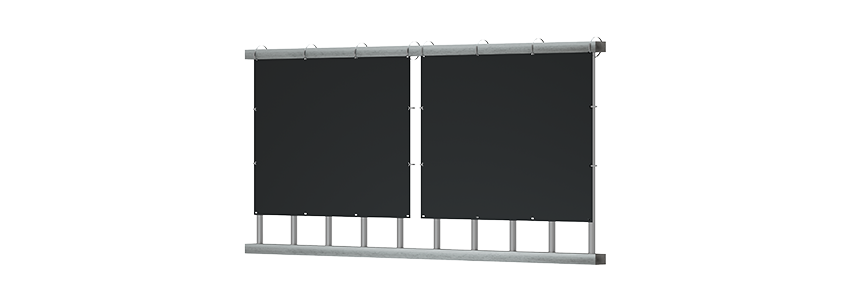
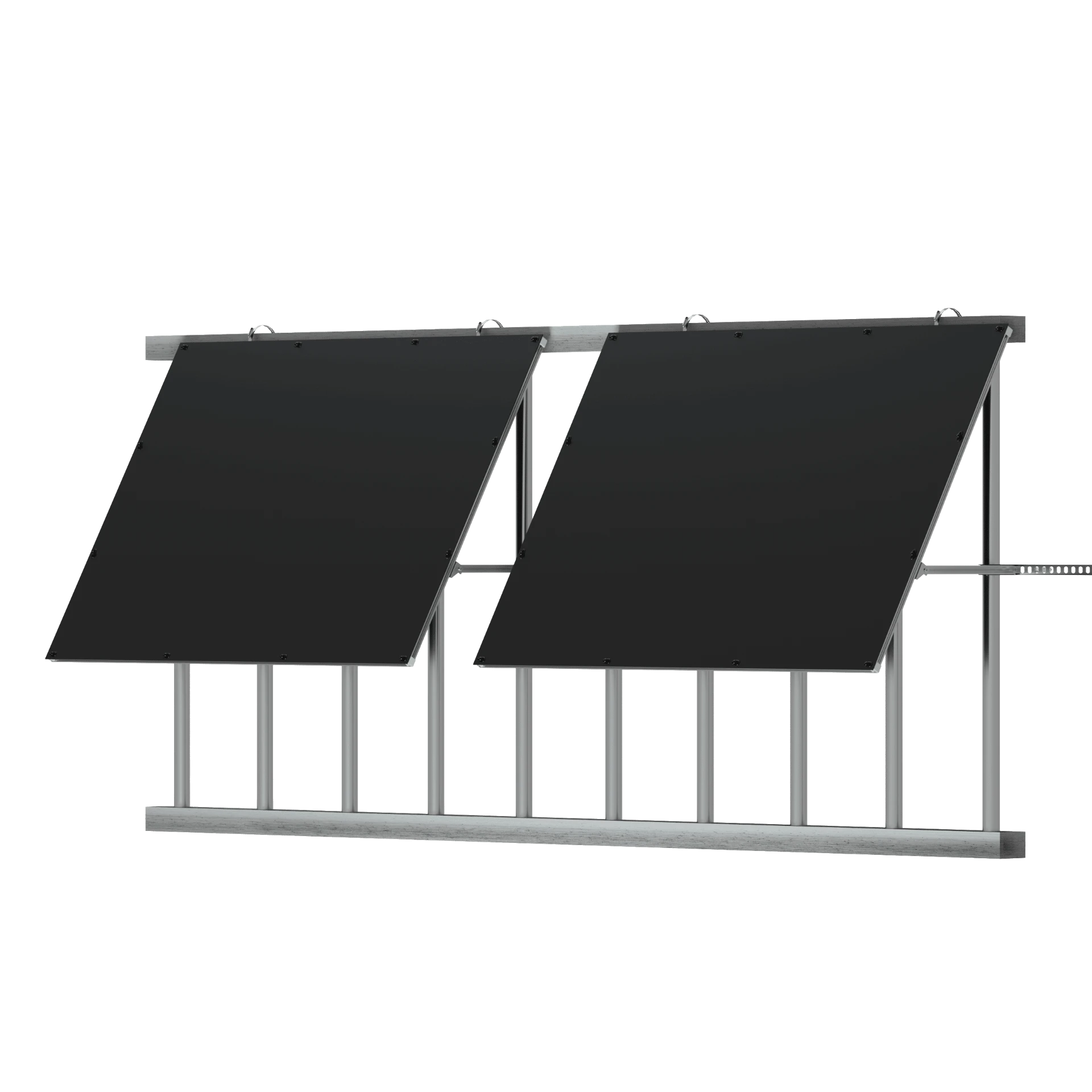



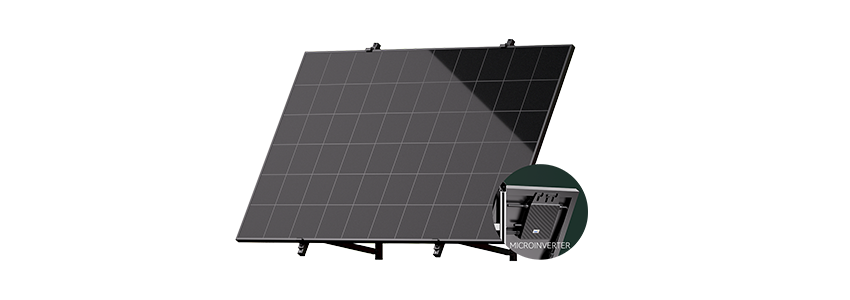
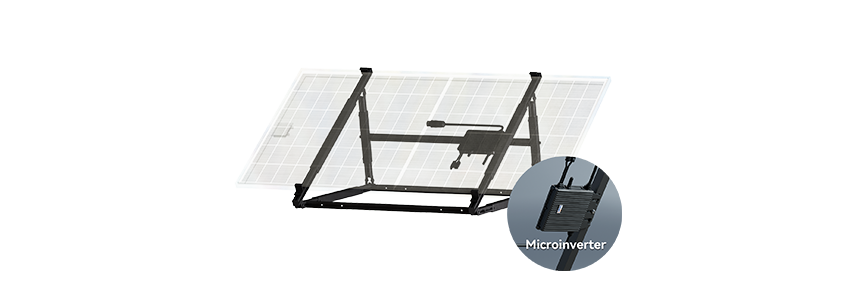
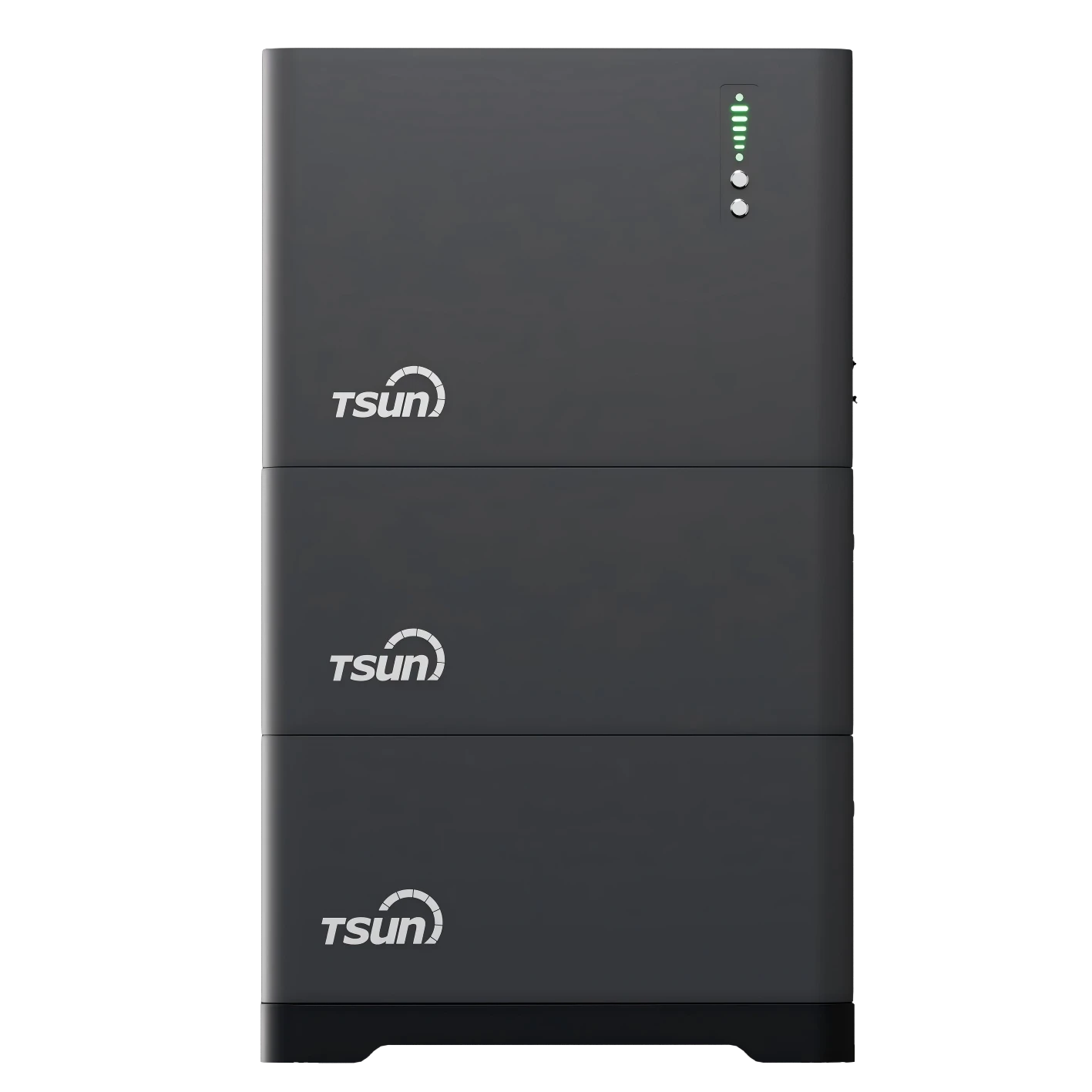
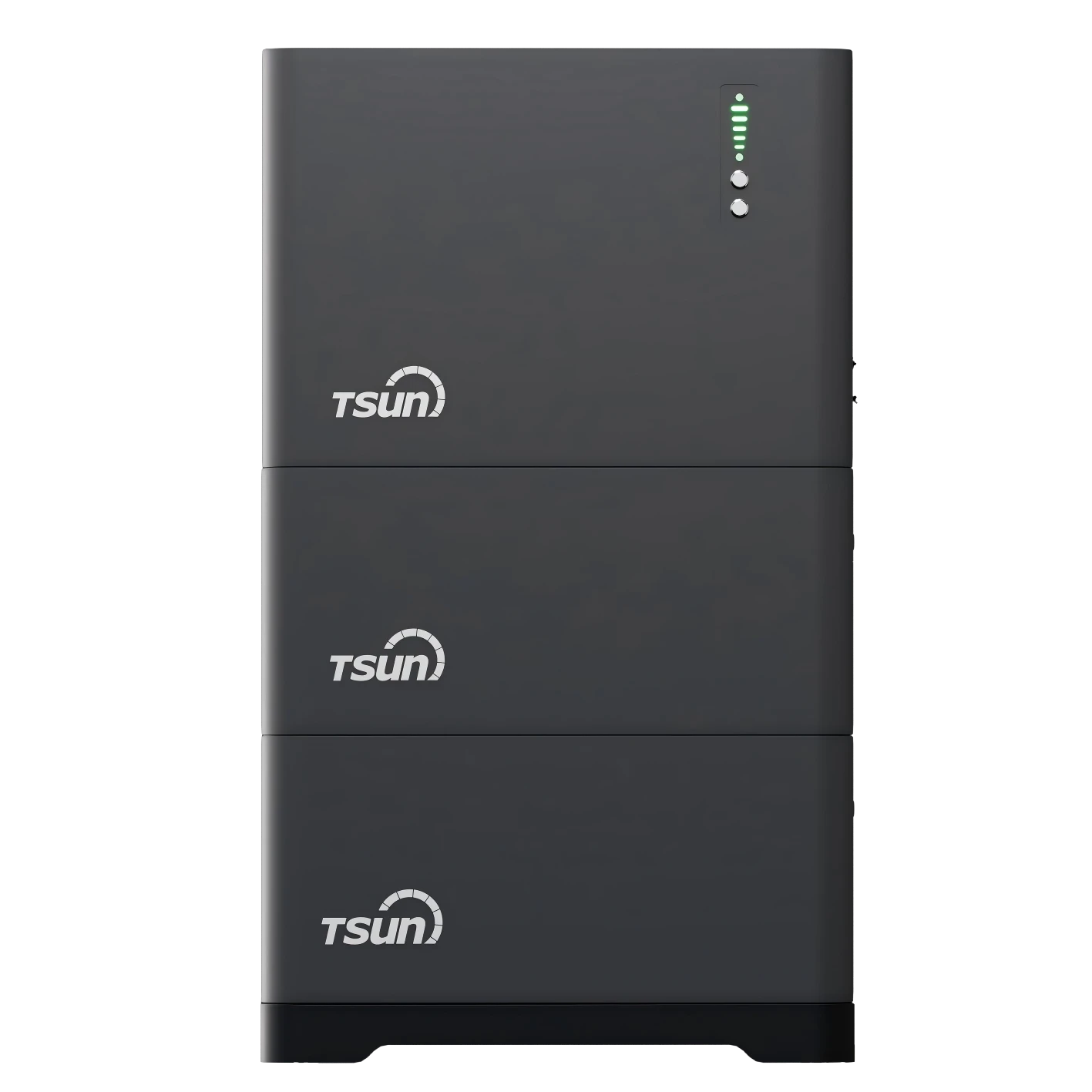
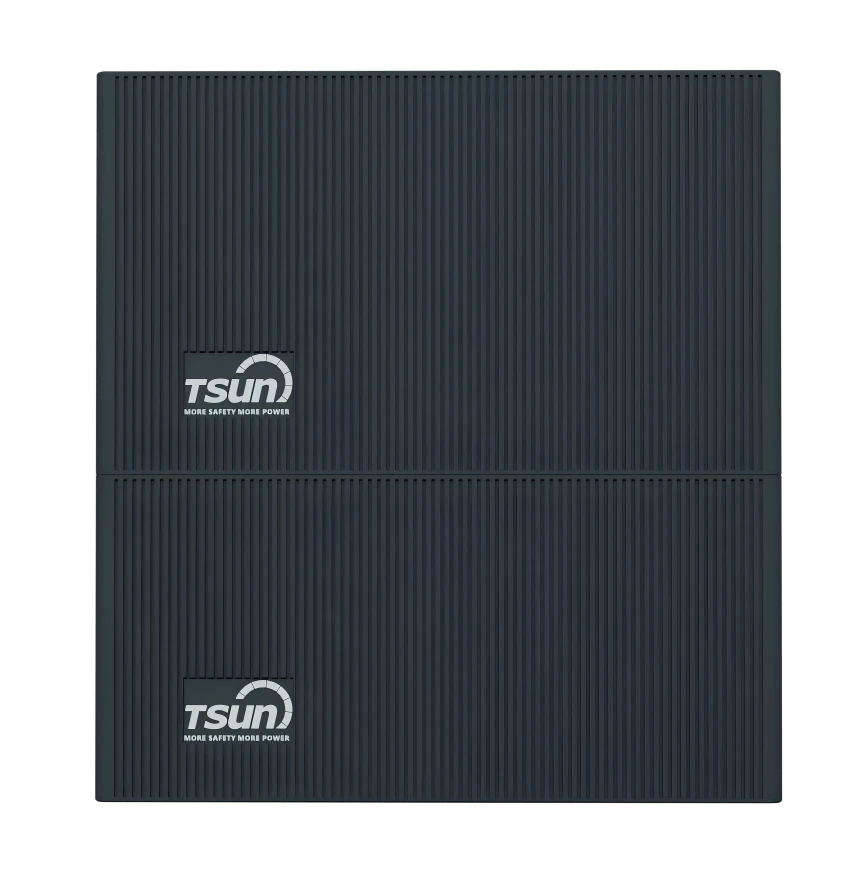

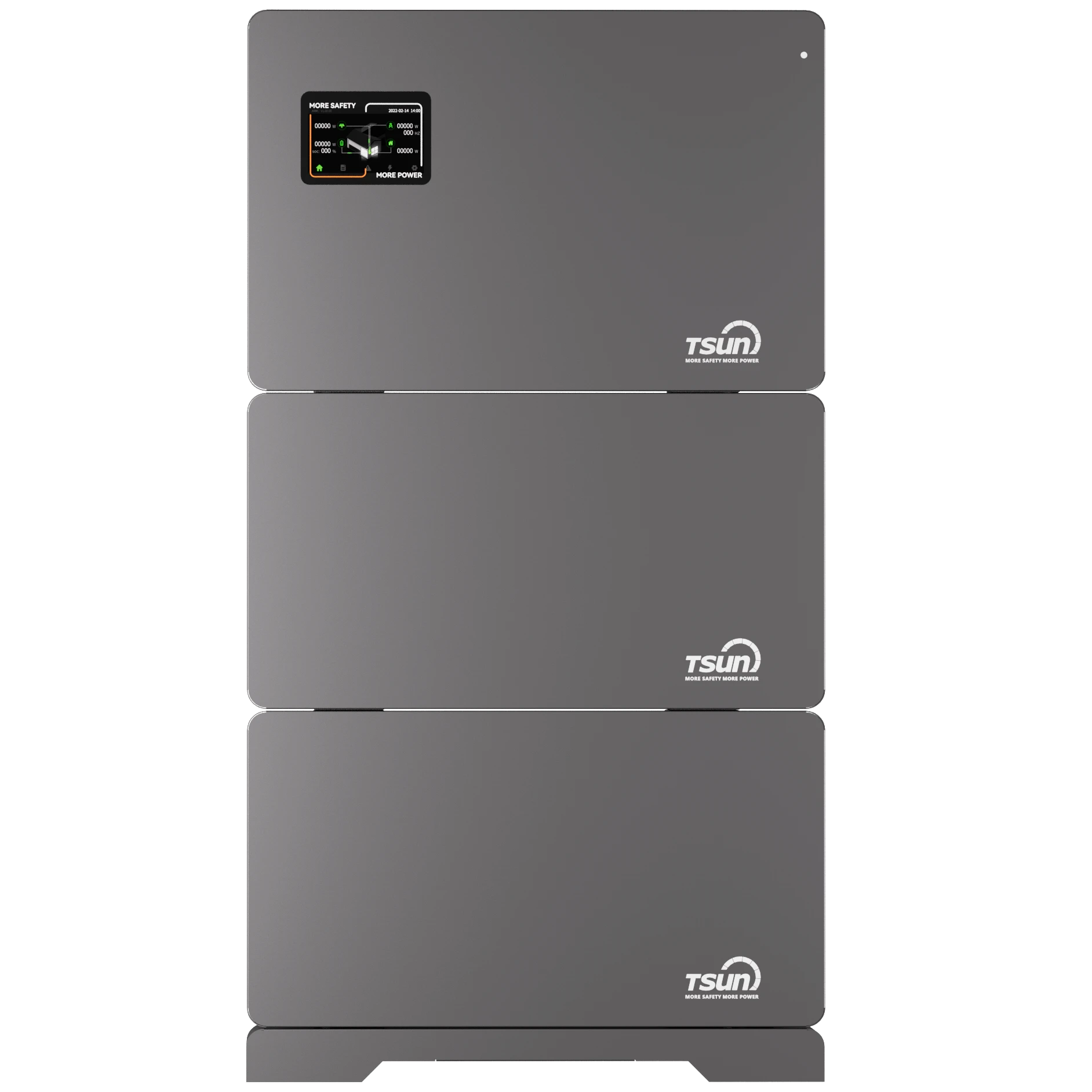



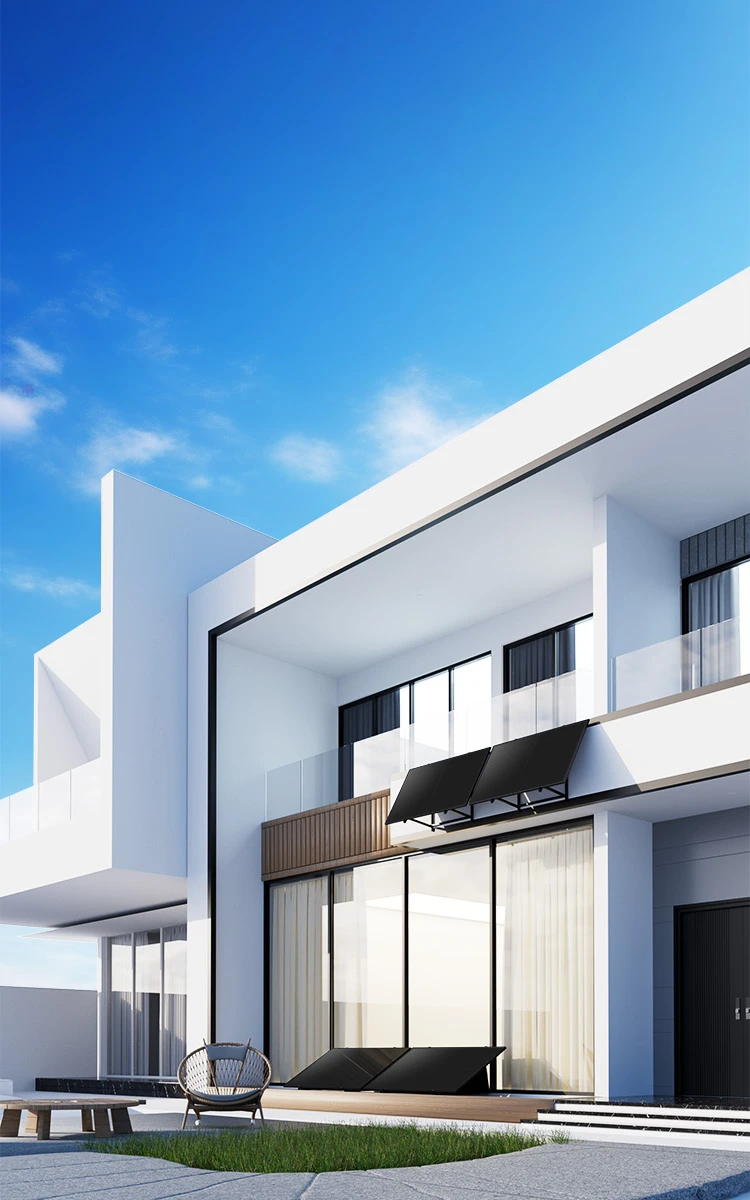
 LEARN DETAILS
LEARN DETAILS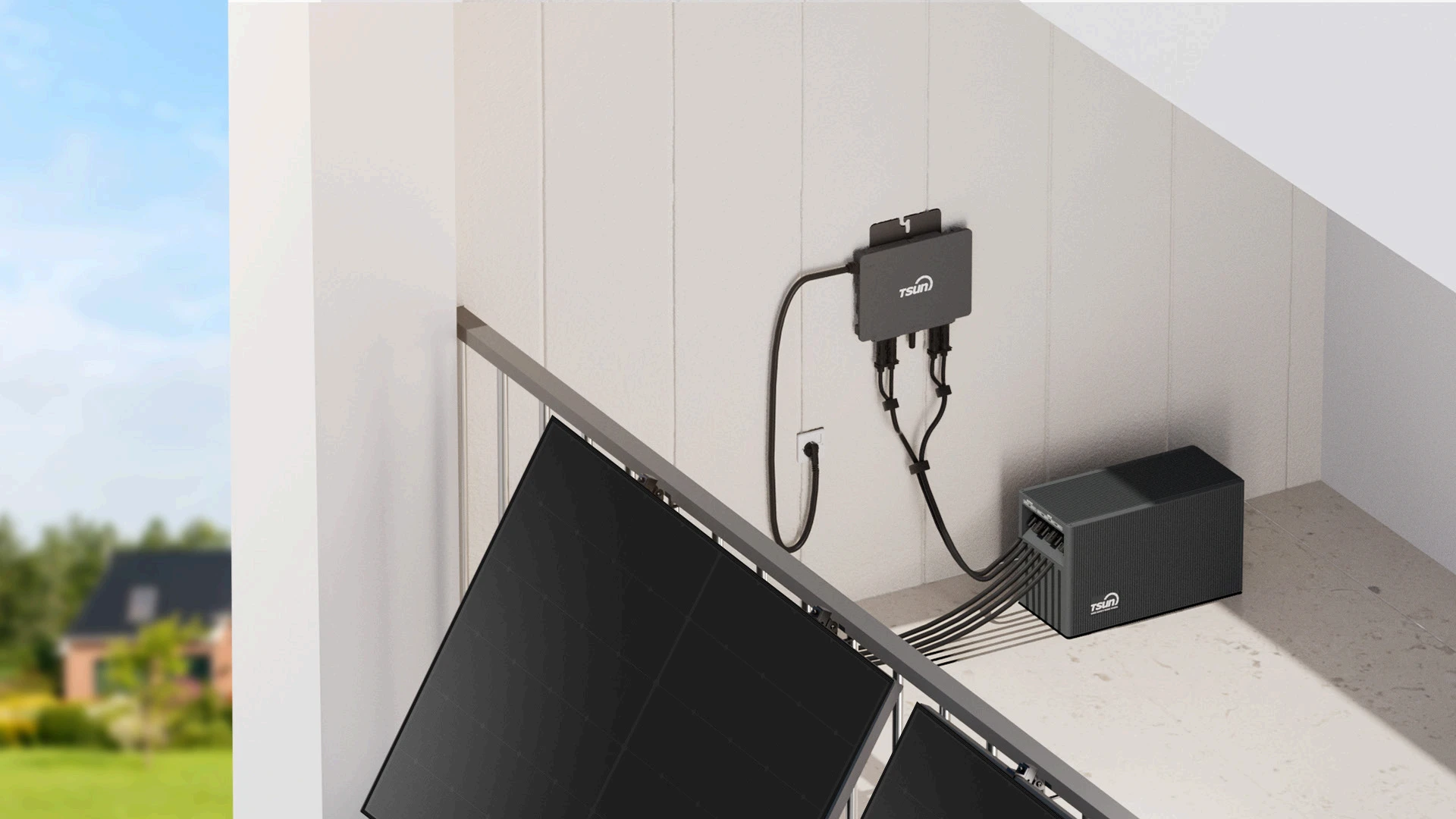
 LEARN DETAILS
LEARN DETAILS
 LEARN DETAILS
LEARN DETAILS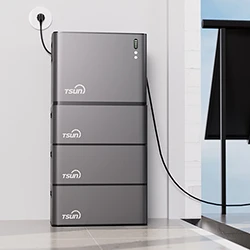
 LEARN DETAILS
LEARN DETAILS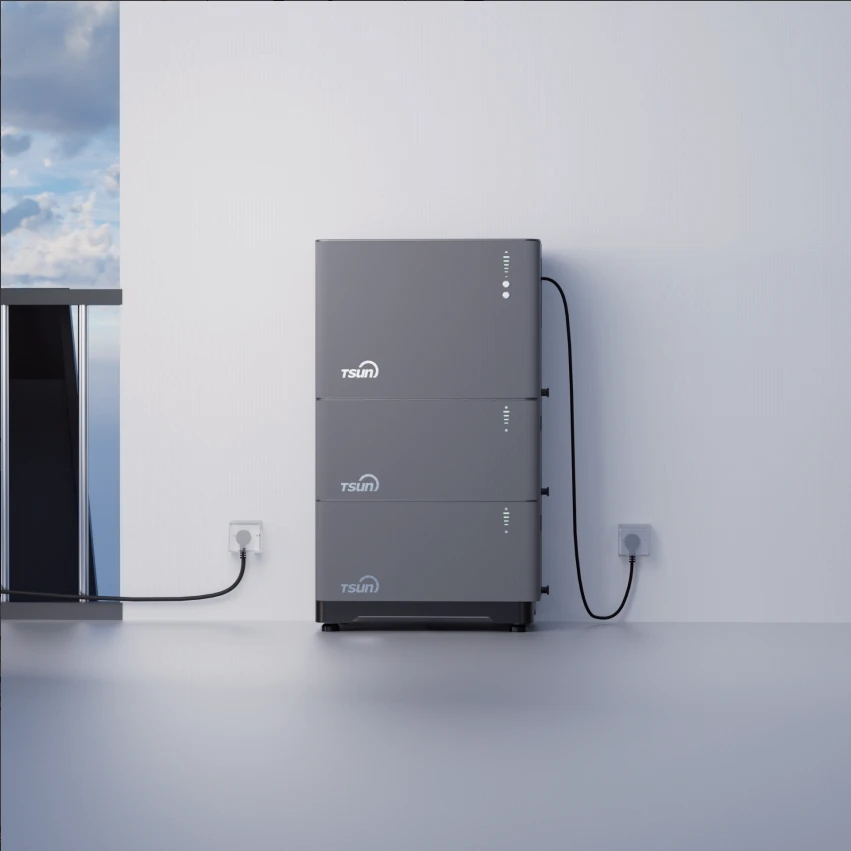
 LEARN DETAILS
LEARN DETAILS

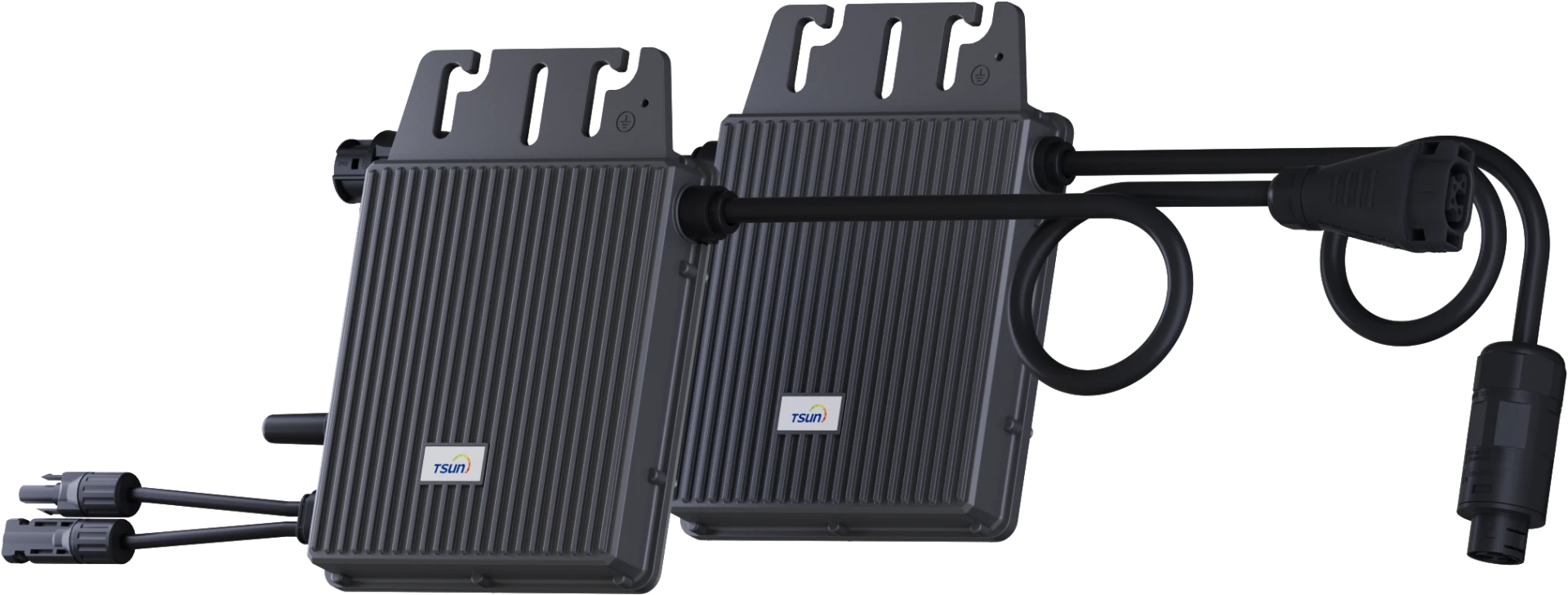

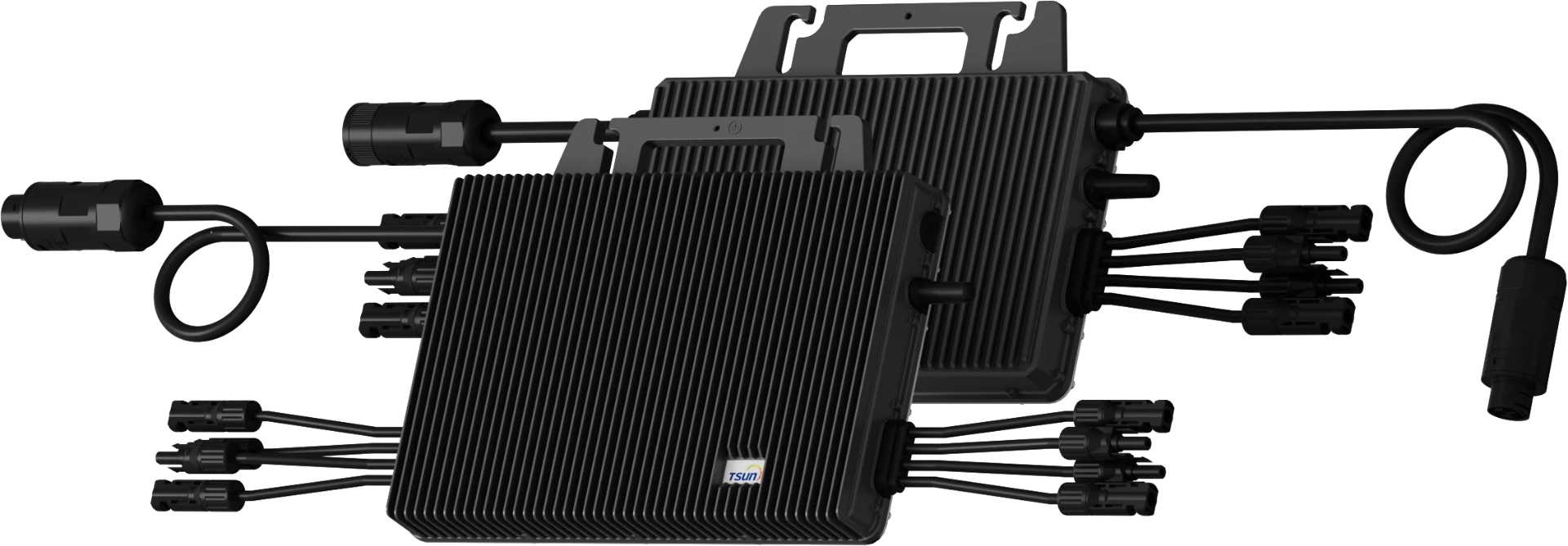
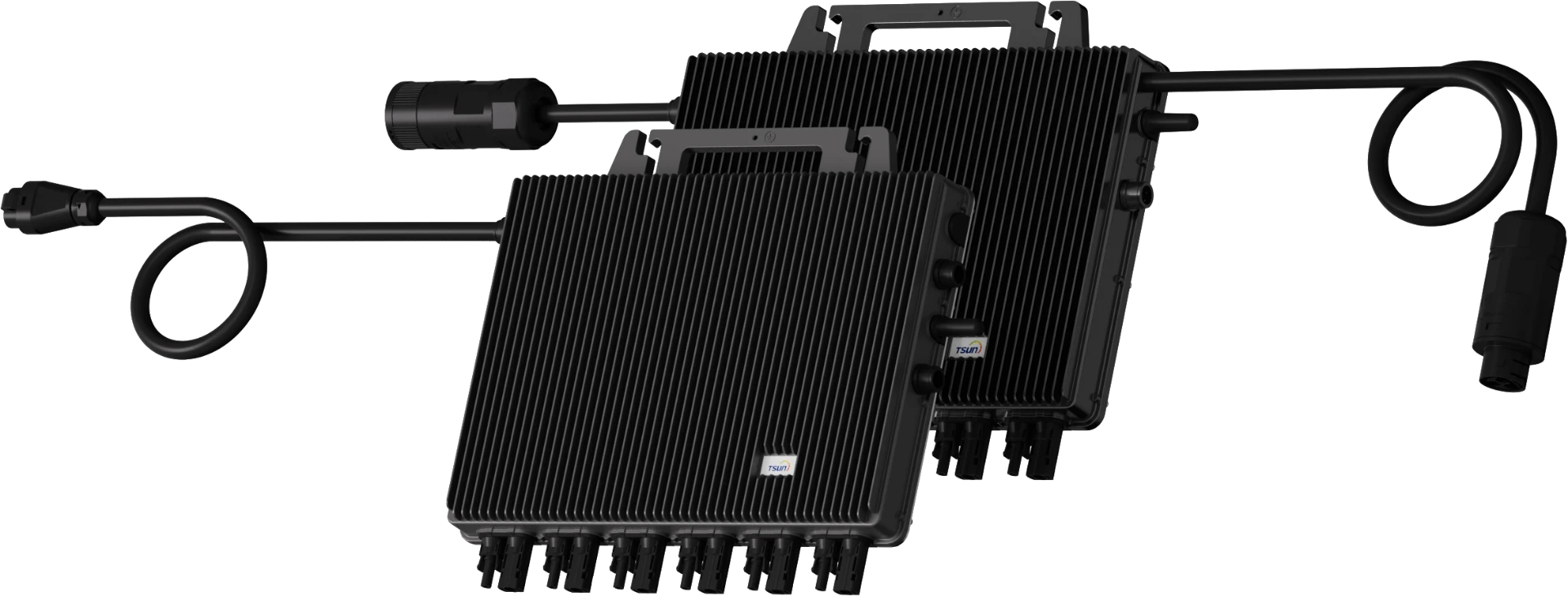
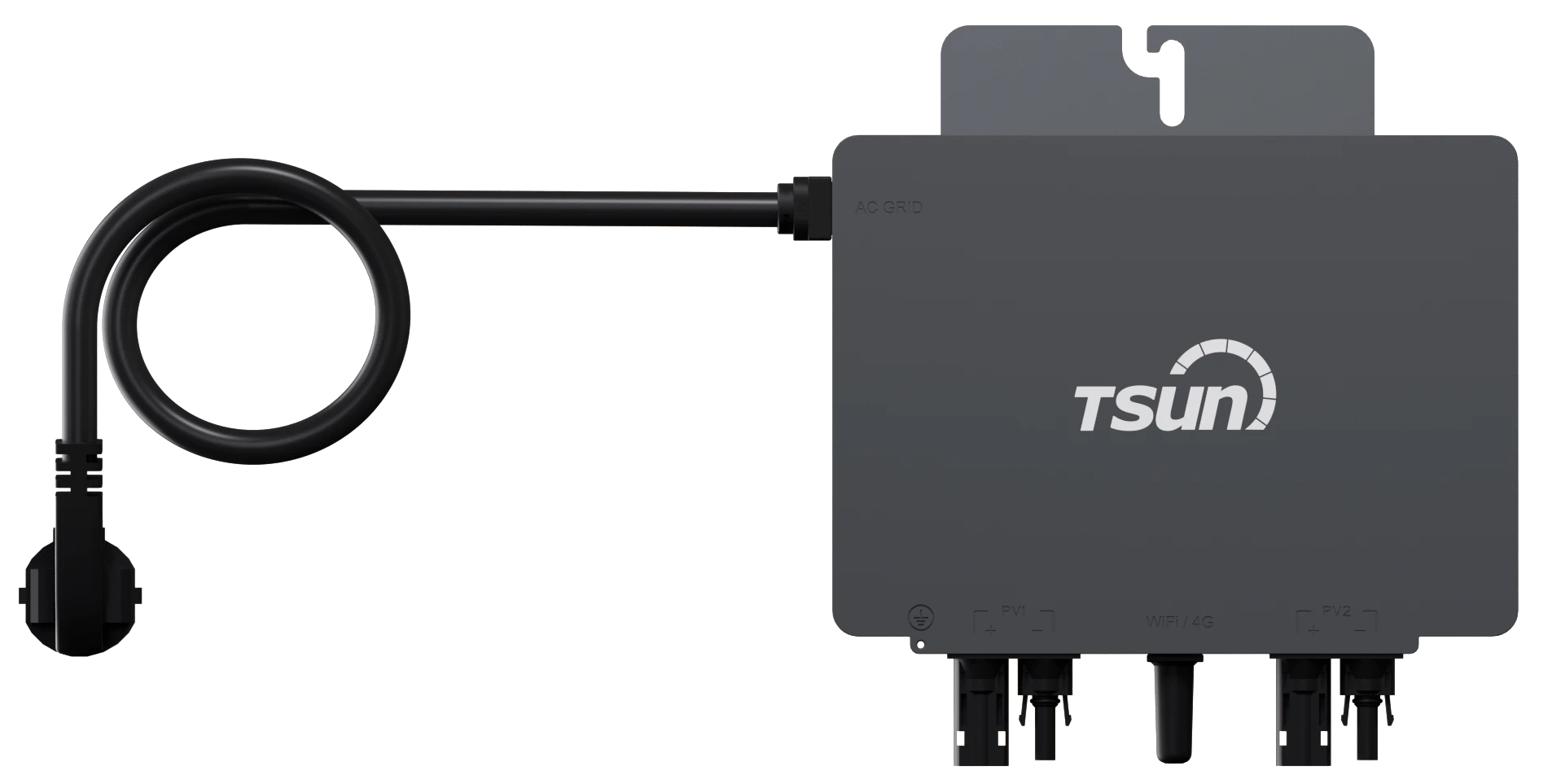
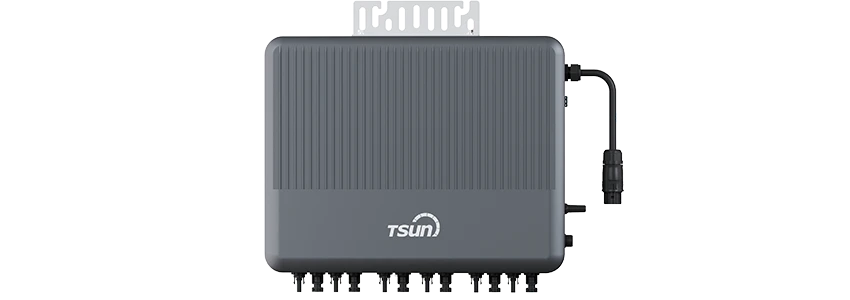
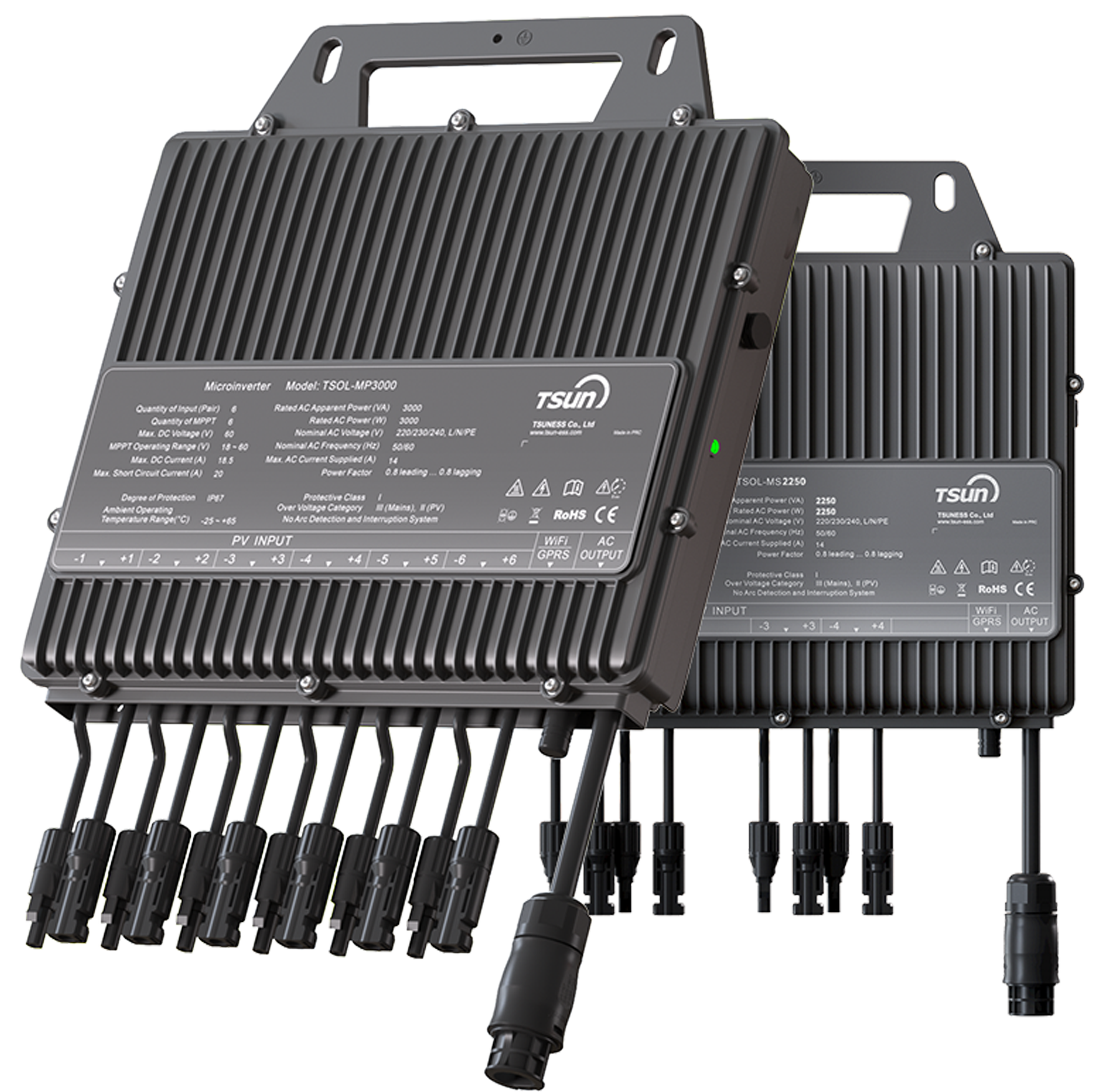
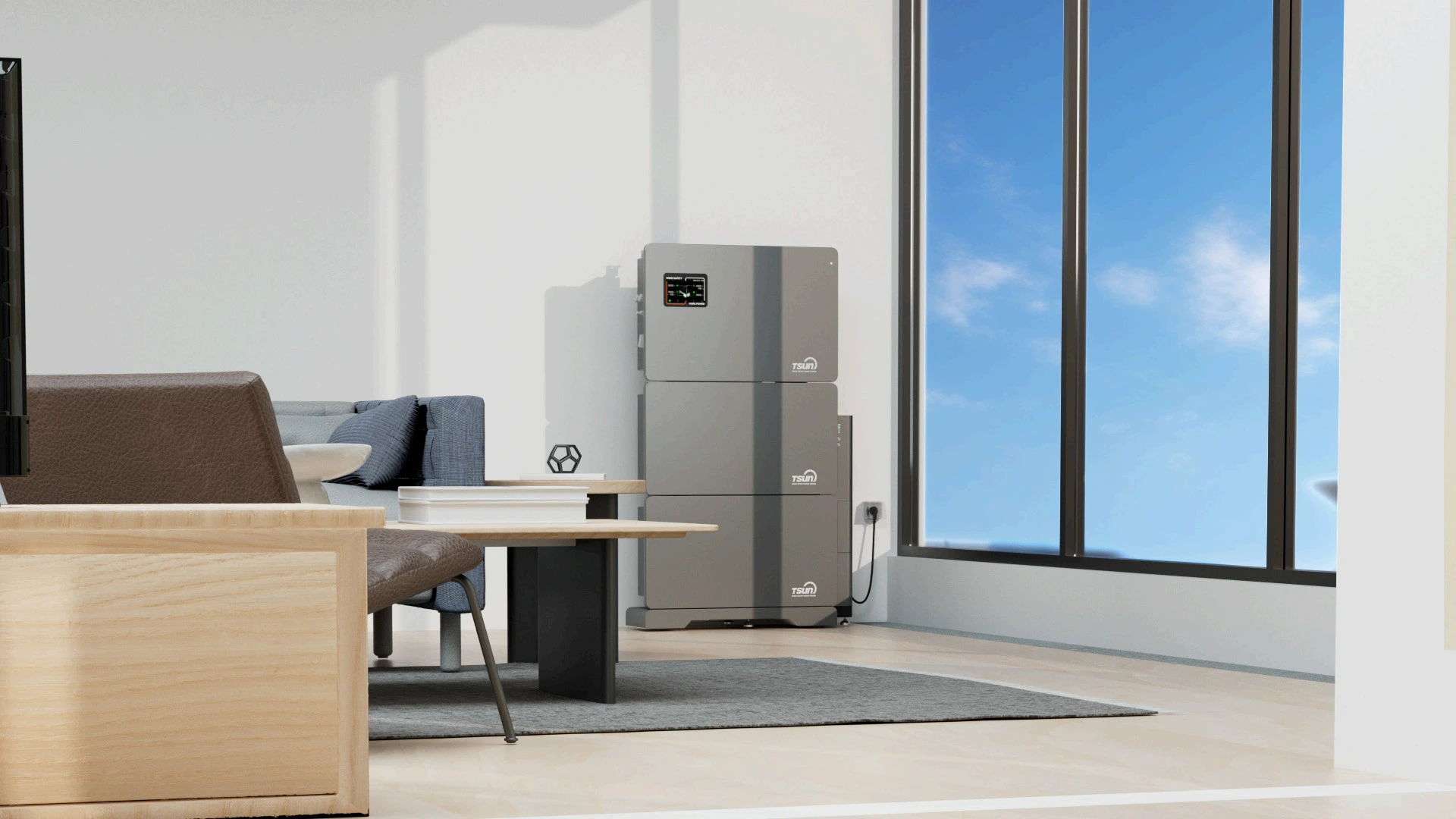

 Downloads
Downloads Video Center
Video Center Report Fault for Repair
Report Fault for Repair FAQS
FAQS Service Network
Service Network Privacy Policy
Privacy Policy Contact Us
Contact Us Monitoring
Monitoring


 LEARN MORE
LEARN MORE








